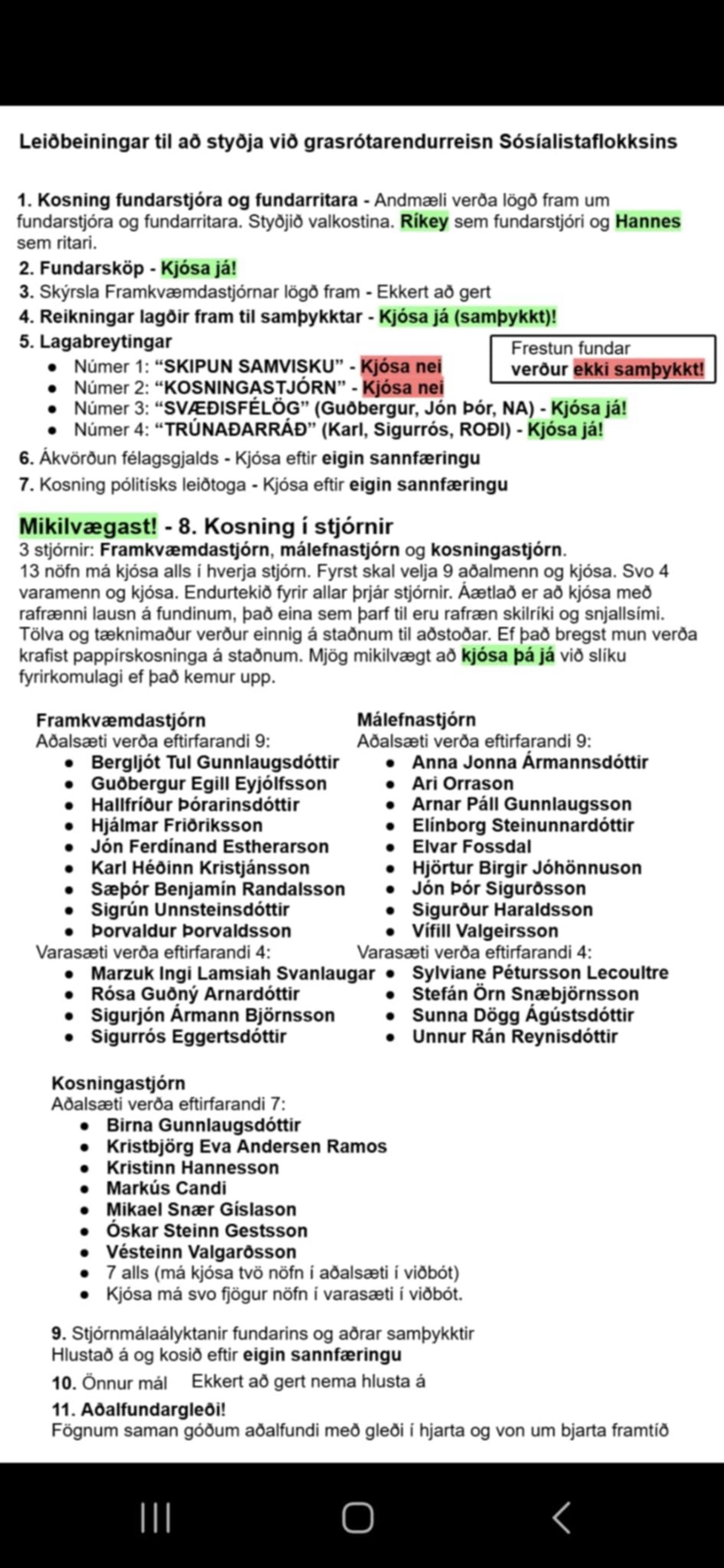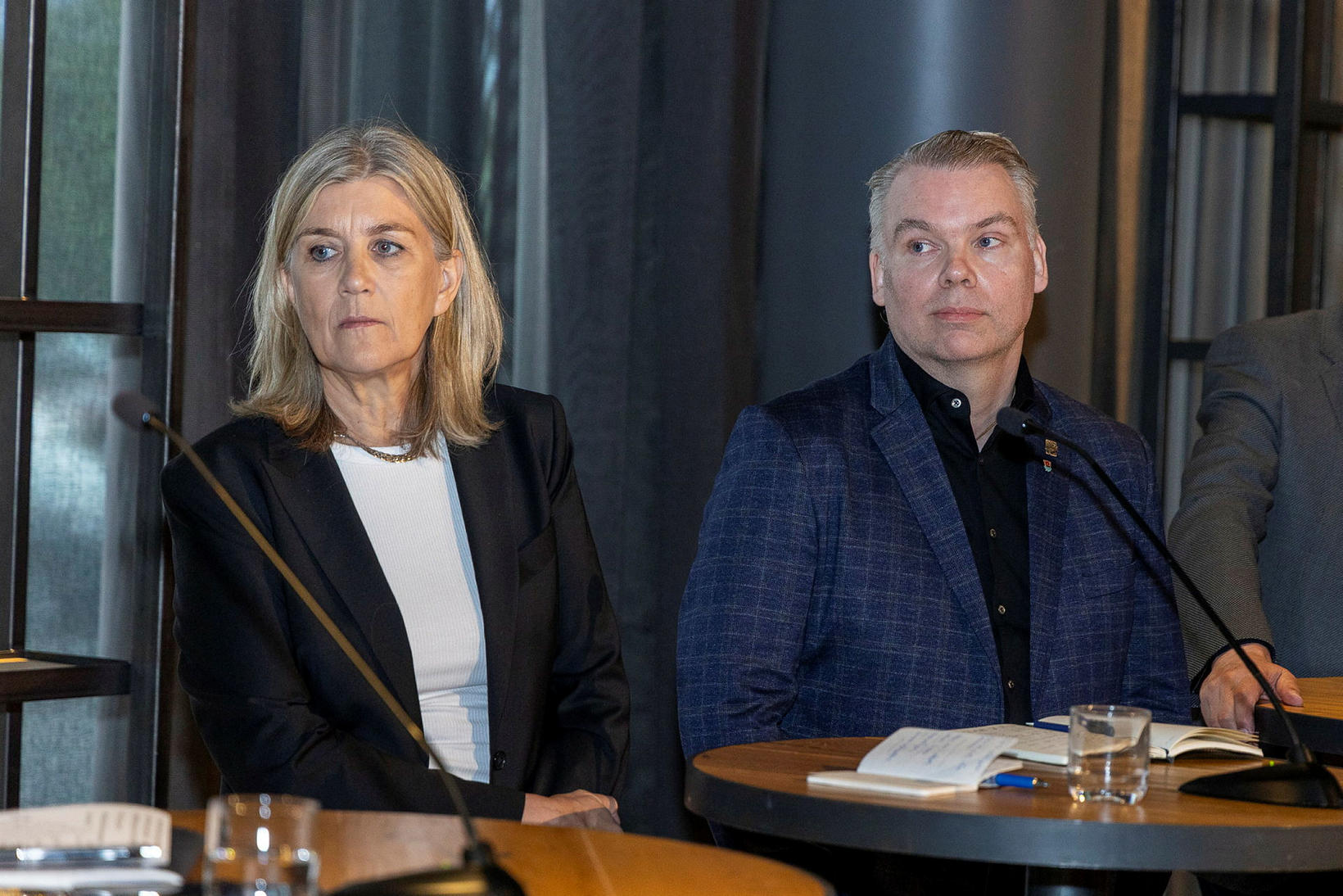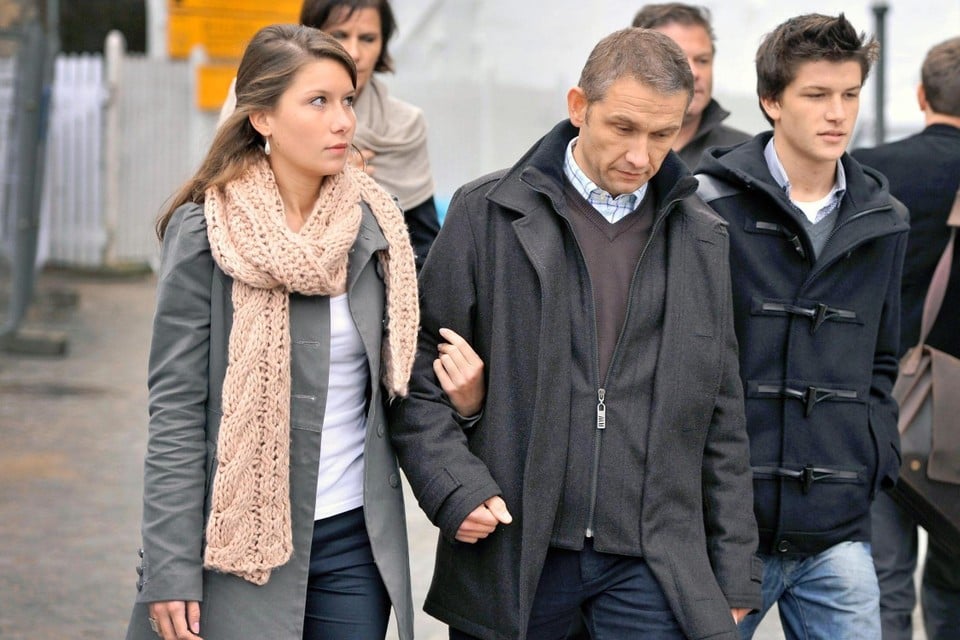The worst thing a woman could do was be stubborn

Domestic violence against women is widely found in Icelandic folklore, but it usually seems so set up so that they deserve it.
« In the folktales, it seems that the worst thing women could do was be very stubborn, » says Dagrún Ósk Jónsdóttir, an ethnologist, who in recent years has researched the manifestations of gender -based violence in Icelandic folklore.
Dagrún dropped the words at a lecture at the Faculty of Social Sciences at the University of Iceland, which now holds Lecture series that deals with violence in Iceland. The study is part of Dagrún's doctoral project from 2022, where she examined the manifestation of women in folklore, especially those who opposed the prevailing ideas of femininity.
The study teaches various grasses and it can be said that there is some insight into Iceland's attitudes to women and gender -based violence in the 19th and 20th centuries. There are also various analogues of their attitudes, and even the same attitude, in our contemporary.
The men « have been forced » to use women violence
Dagrún took for example the story You haven't worn the saddle like EG. In a very short case, the story of a husband as Lerber her newborn wife is where she thought was a mood. Violence is successful: She ceases to be moody and will be obedient to him. « And those couples were happy from then on, » was out of the story of Ice cream.
This particular legend – which is preserved in the collection of Torfhildur Th. Hólm, but the museum is a crowning research Dagrún – is not one of its kind. Dagrún points out that it is common in folklore that violence against women is justified as women are « difficult ».
« It is as if the women do not deserve the violence they experience in these folklore, where the women are described as if they are, for example, extremely stubborn, extremely difficult or extremely persistent, » says Dagrún in a conversation with mbl.is.
« And therefore, » the men are forced to take these measures, to use violence to discipline them. «
The anthropologist compares these descriptions with the abundance, a late -term concept that is now often mentioned in sexual offens Victim blaming.
In the stories, the violence also seems to be a method that works; The « unruly » women eventually take up « better customs » and leave their stubbornness, says Dagrún.
Women tell women about
Torfhildur's folkline collection. Holm from 1962 plays a key role in Dagrún's research Óskar. The museum is the only thing after a woman and has many more legends of domestic violence, most of which are told by women.
Why is it that more stories of domestic violence can be found in Torfhildur's folklore, rather than in men's folklore collections?
Therefore, it can be difficult to answer, but Dagrún points out that women may have been more comfortable telling another woman about such stories. In addition, folklore collectors were often priests or intellectuals « as people have nothing comfortable to tell these stories, » says Dagrún.
« We have a woman who is talking to another woman. And we know exactly that when people are telling stories, it chooses how stories they say, « says the anthropologist. But it may also be that the other collectors heard these stories but simply did not evaluate them remarkable enough for publication.
« It is a little interesting that of the stories told, of sexual violence and domestic violence, there are about 60% that are said by women, 6% said by men and 34% told by an unnamed storyteller, » she says, adding that these unnamed are the unnamed.
Caution to other women
Dagrún says that stories always carry a message on how to behave – and how not to behave.
« And then one can think, because these are women who tell these stories, that these are warnings to some extent because they carry this message that stubborn women are more likely to be violent. Then they take care of them, ”she says.
However, it is two swords.
« At the same time, it maintains these ideas about women's subordinate and that it is put on themselves to avoid the violence, but not the perpetrator should not use the violence, » she adds.
These stories could have made it that women who were sexually abused did not experience alone – « a way to discuss difficult issues, but still can avoid them, » as Dagrún puts it.
The exception that proves the rule?
The story that seems to be one of the most interesting in Torfhild Hólm's History Museum is called A naked woman gets a ghost, who tells of an older woman who protects a younger girl from a ghost man who had been thinking of the girl.
This is the only legend where a woman escapes gender -based violence.
Like other stories that have been mentioned here, this is preserved in the collection of Torfhildur, and she has it by Sigríður Jónsdóttir, housewife at Möðruvöllur in Hörgárdalur and Akureyri which became such a western fan.
« This is the only story in which she escapes, where she is rescued from sexual violence, by older and indeed a woman who comes there and manages to save her, » she adds.
When a woman gets sympathy
There are also legends of gender -based violence, where sympathy lies more with the women rather than the men. For example, Dagrún mentions stories is called Bad boyfriend and Magnus's harshness.
But as the titles of these stories indicate, these are no ordinary men. Dagrún also points out that the women in these stories, the victims, are both pregnant « and then they are forbidden to use violence ». Then it matters who use the violence; Fathers, husbands and priests, for example, have a license to do so while the strangers do not have it.
« What is interesting, especially in connection with new discussions on sexual violence and the Metoo debate (…) where there was awareness raising that there are also good people who can also break sexually, » says Dagrún.
In the legends, it does not seem to be painted that any man can use violence. The perpetrators are usually outsiders – even supernatural – and these can be mentioned outlaws, ghosts and dark people.
« There are no people living on the farm, and not people living in the community, who we know is a classic myth about sexual violence – that this is a stranger, when the practice is that people usually know the perpetrator. »








